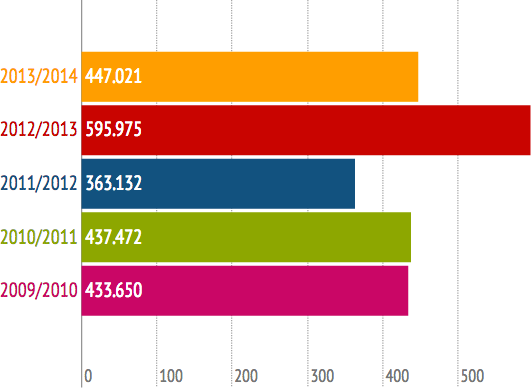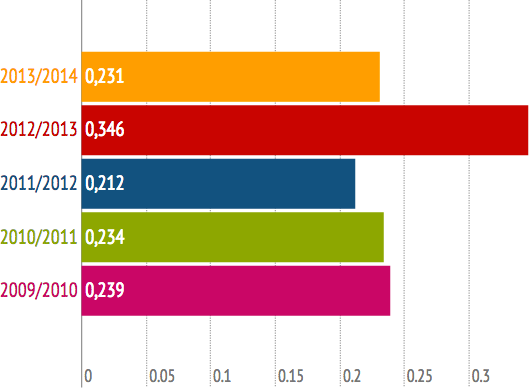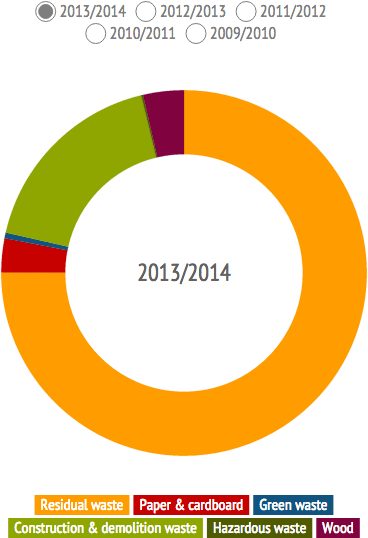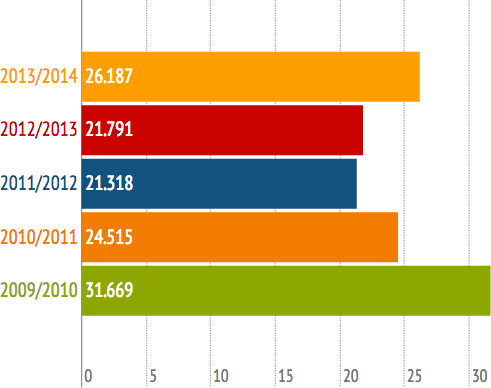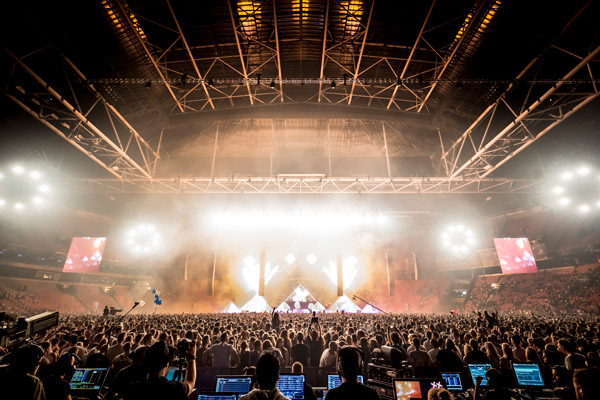
Coca-Cola pleased with PET cups test results
This year, Amsterdam ArenA event visitors will drink only from PET bottles and PET cups. ‘This is a great initiative,’ said Ron Stoele, Senior Event Manager at Coca-Cola. ‘We pursue the same ideal of a sustainable world, so the Amsterdam ArenA ambitions tie in perfectly with our own.’
In 2014, visitors to the Sensation dance festival were introduced to the Coca-Cola Cup Recycle Plan. This is a joint initiative of Coca-Cola, ID&T, the catering companies and the Amsterdam ArenA. Visitors received free drinks in exchange for ten empty cups or bottles. Whereas the five caterers each used to work with their own disposable cups, for the Sensation event they switched to disposable cups of the same fully recyclable plastic known as PET.
Boosting the activation
Stoele is pleased with the initiative. ‘The advantage of PET is that it can be ground to granules that can in turn be processed into new products. Using PET exclusively allows us to create a monostream of cups and bottles, instead of having to separate the streams.’ Besides supplying the right cups, Coca-Cola has created an effective communication buzz around the project. ‘We encourage visitors to join in, but changing behaviour takes time, as last year’s results pointed out. Far fewer cups were returned than we expected. This is a learning process for us all. This year, we plan to fine-tune the communication to increase visitors’ commitment to recycling.’
Sustainability first
Coca-Cola likes partnering with the ArenA on this, partly because sustainability is an important priority for Coca-Cola as well. ‘We’ve adopted the goal of reducing absolute CO2 emissions for every drink we put on the market by one third in 2020,’ says Stoele. ‘We intend to achieve this by reducing CO2 emissions in our entire chain, for instance by creating lighter packages, using more recycled materials and by developing new resources for packaging, such as PLANTPET, polyethylene terephthalate resin made from plant-based materials. So, as you’ll see, the PET cups test was in perfect keeping with this goal.’
ArenA is a pioneer
PET cups are just a little more expensive than their PLA predecessors were, so the test did require an investment for both Coca-Cola and the caterers. However, prioritising sustainability does require investment at times. ‘I expect more and more locations will demand PET cups. The ArenA is a true pioneer.’

